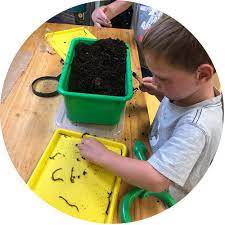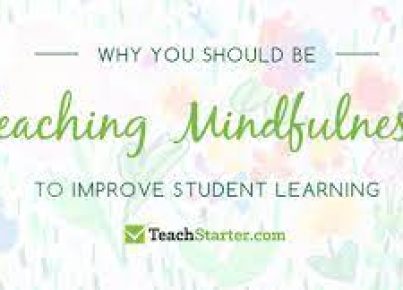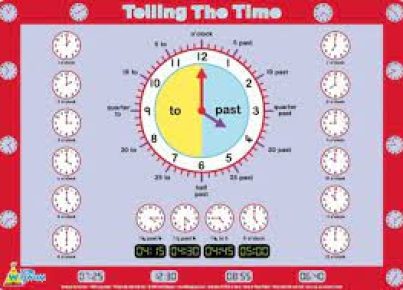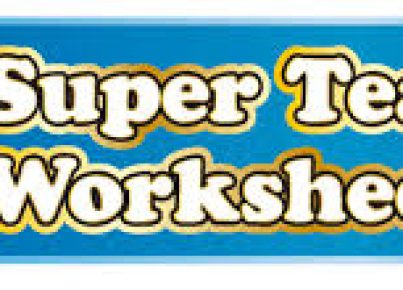Composting is a natural process that turns organic waste into a nutrient-rich substance known as compost. It not only reduces the amount of waste that ends up in landfills but also improves soil quality, which is beneficial for plant growth. Incorporating composting practices into school curricula is not merely about teaching sustainable practices; it also offers a wealth of cross-curricular links to education, ranging from science and environmental studies to math and social responsibility.
The process of composting provides an excellent opportunity for hands-on learning. Students can observe firsthand the decomposition process while learning about various scientific principles involved, such as the nitrogen cycle, the role of microorganisms in the ecosystem, and the physical breakdown of organic materials. Science classes can carry out experiments to observe how different factors like temperature, aeration, and moisture levels affect the speed of decomposition.
In environmental studies, composting sheds light on waste management systems and introduces students to sustainable practices that can be adopted to mitigate environmental issues. Discussions can extend to broader topics like the impact of landfills on ecosystems and how personal and community actions contribute to an environmentally friendly lifestyle.
Mathematics can be integrated into composting education through data collection and analysis. Students can measure and record changes in the volume of compost over time, calculate reduction rates in waste production, or analyze patterns in waste segregation practices. They can learn about ratios and proportions by balancing green (nitrogen-rich) and brown (carbon-rich) materials necessary for efficient composting.
Furthermore, composting provides touchpoints for lessons in social Responsibility and civic engagement. Students understand their role in the local community’s waste management strategy and learn how individual actions contribute to collective sustainability efforts. This notion can foster a sense of stewardship towards their environment.
The curriculum links do not end there; language arts classes might involve students writing persuasive essays on the benefits of composting or reports on their findings from a compost study. For younger students, stories or creative writing assignments about the life cycle of an apple core could provide engaging ways to integrate language skills with environmental education.
Composting also opens up avenues for integrating technology into the classroom through apps that track decomposition progress or digital tools used to design informative material promoting community-wide compost programs.
By weaving elements of sustainability such as composting into various facets of K-12 education, teachers prepare students not only academically but also as mindful citizens who are aware of their impact on Earth’s finite resources. Engaging students in composting activities helps develop critical thinking skills about conservation and resource management while fostering an ethic that values preservation over wastefulness. With these comprehensive curriculum links between composting and various subjects, educators create a multidimensional learning experience that extends beyond traditional classroom boundaries.





